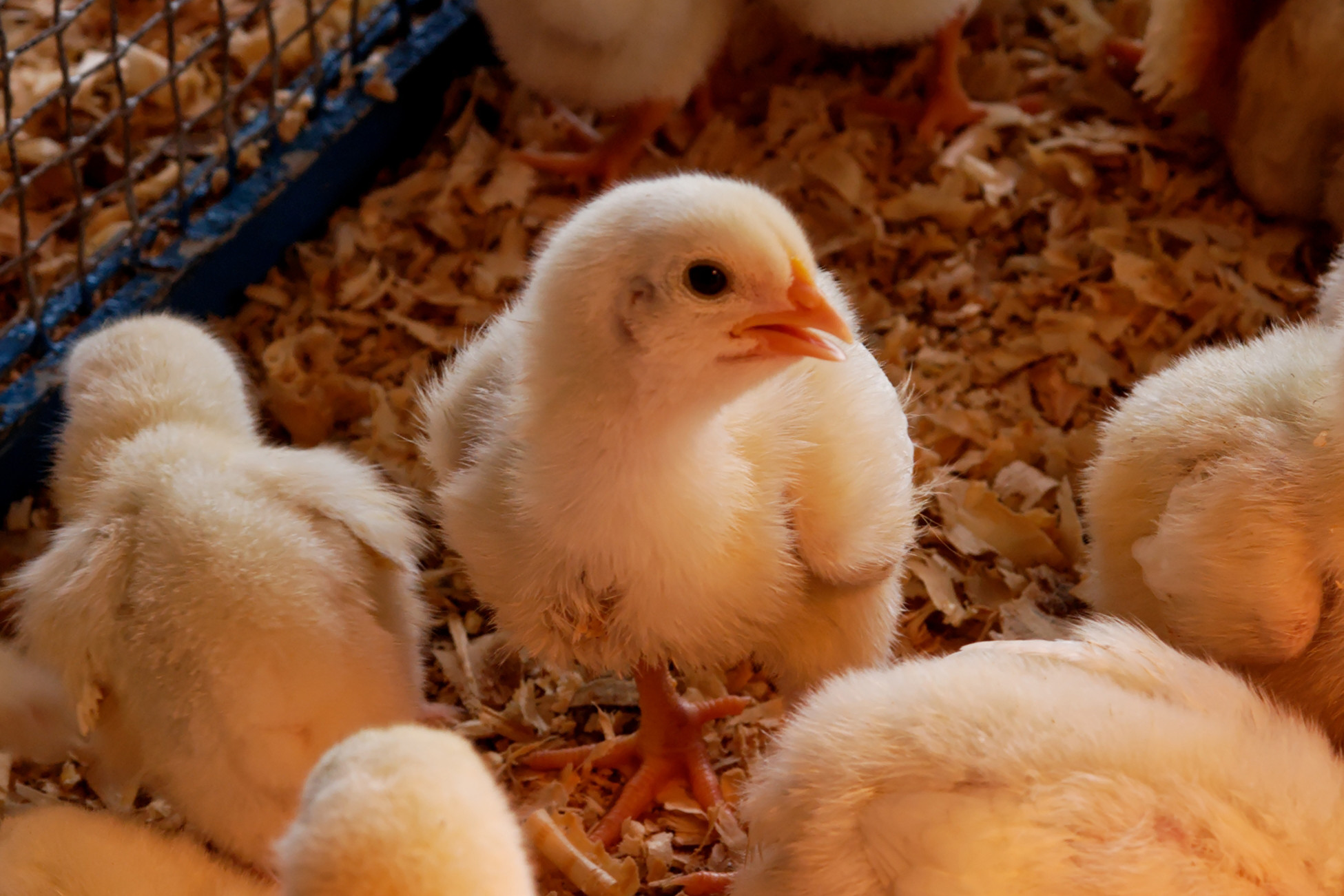Mycotoxins interaction: Hinder risk assessment

Mycotoxin multi-contamination of animal feed is found very frequently and seems to be the rule rather than the exception in practical diets. Here we present a quick overview on the interactions known.
Mycotoxins represent an exceptional challenge for feed and animal producers:
- they are produced by common moulds,
- occur in a great variety and number,
- are sporadic or heterogeneous in their distribution, and
- their effects on farm animals are seldom recognised as mycotoxicosis.
Among hundreds of known mycotoxins, aflatoxins, mainly produced by Aspergillus species, ochratoxin A, produced by Aspergillus and Penicillium species, as well as fumonisins, trichothecenes (especially DON and T-2 toxin) and zearalenone, primarily produced by many Fusarium species stand out as the most common contaminants.
Ingestion of these mycotoxins may cause an acute toxicity or chronic disorders, depending on the concentration and duration of exposure. In farm animals this might manifest as decreased performance, feed refusal, poor feed conversion, reduced body weight gain, immune suppression, reproductive disorders and residues in animal food products. Due to their frequent occurrence and their severe toxic properties, many countries appointed legal regulations or guidance for the major mycotoxins to protect animals and human consumers. The current regulations are typically very specific in terms of animal species and even for the production stage considering that mycotoxins affect for example poultry in a different way than cattle and broilers in a different way than breeders or laying hens. The threshold and/or guidance values for each species, however, were determined based on toxicological data from studies investigating a mono-exposure leaving out the possibility of any combined effects of mycotoxins.
Mycotoxin tool: An update on the different mycotoxin groups and which mycotoxin species fall under each group.
More than one: rule rather than exception
If we were able to ensure that the animals were exposed to only one mycotoxin at a time, following the regulatory guidelines would allow us to protect our animals in most of the cases. Several worldwide surveys show however, that mycotoxin multi-contamination of animal feed is found very frequently* and seems to be the rule rather than the exception in practical diets. The concurrent appearance of mycotoxins in feed can be explained as follows: Each mould species has the capacity to produce a number of mycotoxins simultaneously. Each species, in turn, may infest several raw materials leaving behind one or more toxic residue. In the end a complete diet is made up of various raw materials with individual mycotoxin loads resulting in a multitude of toxic challenges for the animals. Several researchers showed that the effects observed during multiple mycotoxin exposure can differ greatly from the effects observed in animals exposed to a single mycotoxin, indicating that the simultaneous presence of mycotoxins may be more toxic than predicted from the mycotoxins alone. This is because mycotoxins interact with each other.
The interactions can be classified in three main different categories:
- antagonistic
- additive
- synergistic
Figure 1 – Characterisation of the interaction between mycotoxins (Smith et al., 2016).

Additivity occurs when the effect of the combination equals the expected sum of the individual effects of the two toxins (Figure 1a). Synergistic interactions of two mycotoxins leads to a greater effect of the mycotoxin combination than would be expected from the sum of their individual effects (Figure 1b). A special form of synergy, sometimes called potentiation, occurs when one or both of the mycotoxins do not induce effects whereas the combination induces a significant effect (Figure 1c). When the effect of the mycotoxin combination is lower than expected from the sum of their individual effects, antagonism can be observed (Figure 1d). In general, most of the mycotoxin mixtures lead to additive or synergistic effects, highlighting a significant threat to animal health and being the major reason that impedes risk assessment. Synergistic actions may occur when the single mycotoxins of a mixture act at different stages of the same mechanism, e.g. T-2 increases ROS production while and AFB1 decreases its clearance, when the presence of one mycotoxin increases the absorption of another or decreases its metabolic degradation.
Be aware of present contaminations
Given their complex interaction, the toxicity of combinations of mycotoxins cannot merely be predicted based upon their individual toxicities. Knowing that even low levels of mycotoxin combinations can harm animal productivity, health, and welfare, it is useful for feed and animal producers to be aware of present contaminations, to be able to link them to the risk they pose for the animal and consequently take actions before the problems appear in the field.
*References are available on request.
Join 26,000+ subscribers
Subscribe to our newsletter to stay updated about all the need-to-know content in the feed sector, three times a week. Beheer
Beheer









 WP Admin
WP Admin  Bewerk bericht
Bewerk bericht